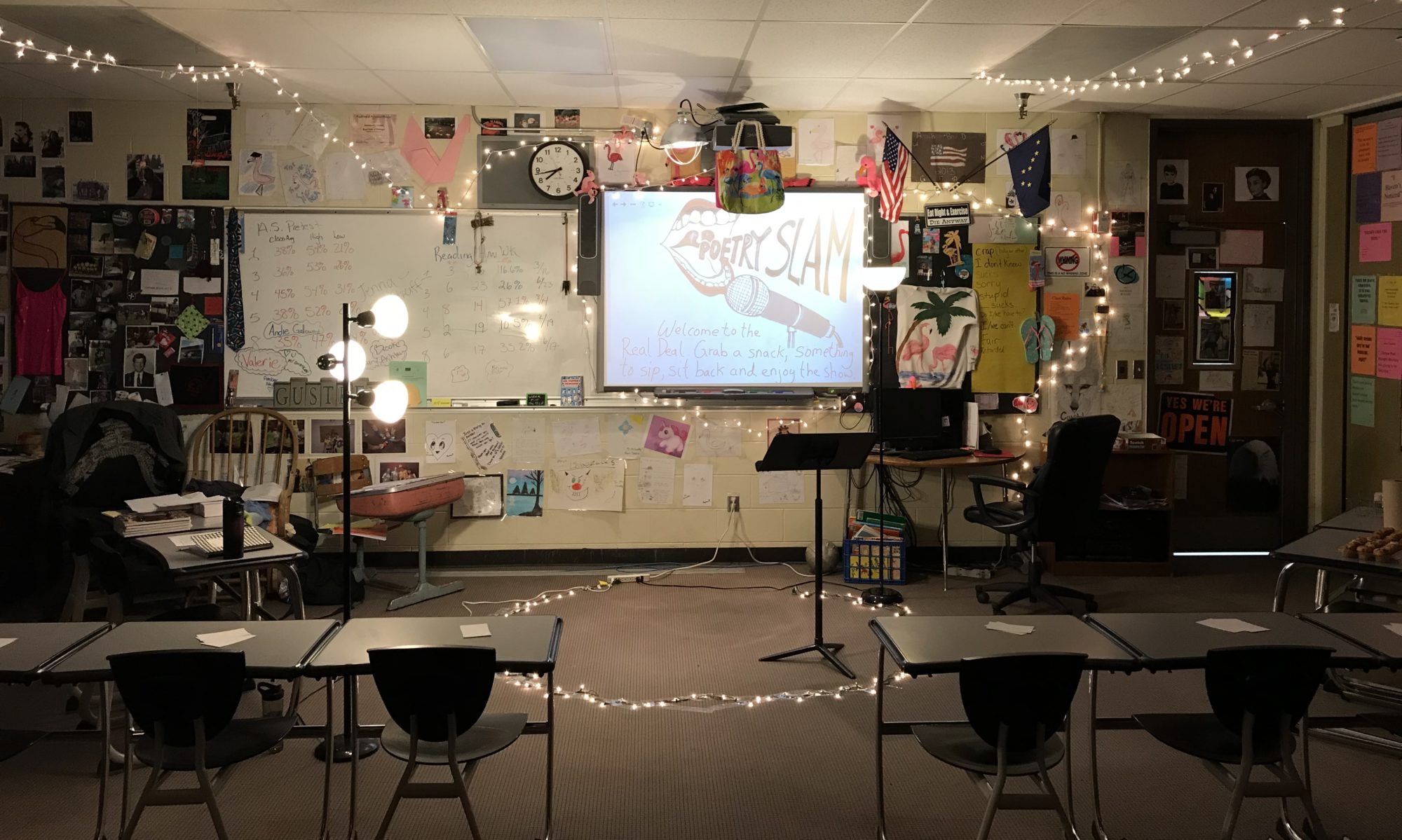Teaching with respect to diversity is an acknowledgement that all people— no matter their sex, gender, race, or income— deserve to be treated fairly and equitably. That is a simple statement with major implications on the thousands of decisions that teacher make every day to manage a classroom. It changes the way we choose curriculum, consider our student’s context, and effectively present content.
Teaching with respect to diversity has a goal of honoring all cultures. Teachers need to choose reading material whose characters reflect the diversity of the students within the classroom. Children need to be able to identify with a character’s personality as well as their skin color, background, and income level to help create what Peter Johnston called narratives of agency (2011), which is when students see themselves as the biggest factor in their success. Failure to attend to this requirement will result in alienated students who question the relevance of what is being taught. Requiring our diverse students to read stories from the dominant culture (white and middle-class) is a recipe for boredom, student misbehavior and a widening of the racial achievement gap (Grant, 2013).
Understanding of the curriculum is modified by the social, cultural, and personal experience of each student (Goodman, 1967, 1994). Attending to diversity requires consideration of contexts that you may not have experienced yourself. Homework should be assigned with care, for example, if you take into consideration the home life of our lower-income students. In schools I have worked in, I have met students who did not have a computer at home, or access to the Internet. I have met students who, for several hours a day, had child care responsibilities for their younger siblings. For these reasons and more, asking some students to practice academic skills at home will lead to frustrated students, teachers and parents.
Teachers who consider the context of their students will need a pedagogy that emulates familiar methods of knowledge transmission. For our students, Alaska Native storytelling and folklore is a familiar and compelling method that combines entertainment and education. Alaska Natives have carried forward cultural knowledge for thousands of years by weaving lessons of survival, hunting, custom, and environmental ethics into colorful tales of powerful spirits and clever heroes. After my experience learning about these stories during an Alaskan Children’s Literature course, I developed a folklore unit for 1st graders. With a combination of thematic crafting and interpretation, student groups explore the context of Alaska Native folktales.
I believe that this unit validates the cultural experiences of my students, and provides students multiple means of representation, expression, and engagement (CAST, 2011). I look forward to learning more about how to create an inclusive classroom atmosphere that attends to the value of diversity as I gain more experience as a teacher.
References
CAST (2011). Universal design for learning guidelines version 2.0. Wakefield, MA: Author.
Grant, Carl A. and Sleeter, Christine e. (2013). Race, Class, Gender, and Disability in the Classroom. In Banks, J.A. and McGree Banks, C.A. (Eds.), Multicultural Education: Issues and Perspectives (8th Ed.). (pp. 43-60). John Wiley and Sons, Inc. Hoboken, NJ.
Johnston, P. H. (2012). Opening minds: Using language to change lives. Portland, Me.: Stenhouse.
Kenneth S. Goodman (1967) Reading: A psycholinguistic guessing game, Journal of the Reading Specialist, 6:4, 126-135, DOI: 10.1080/19388076709556976

